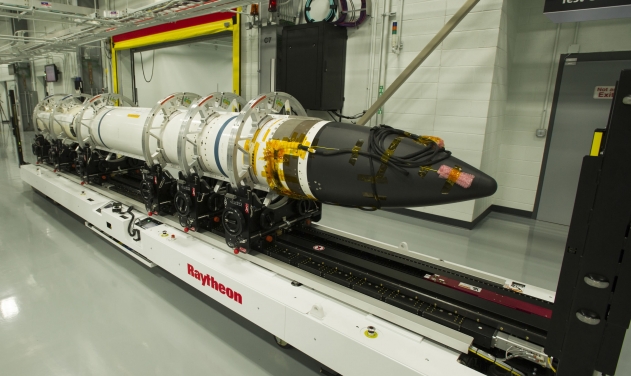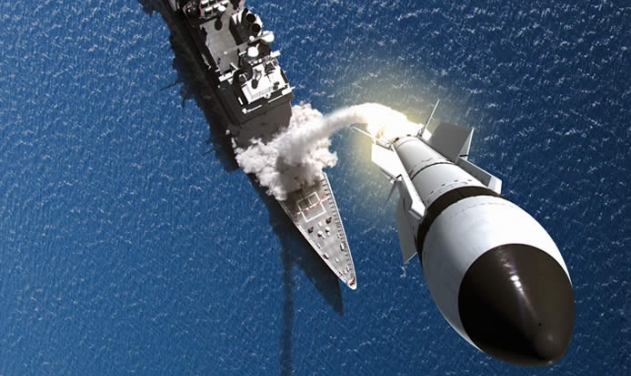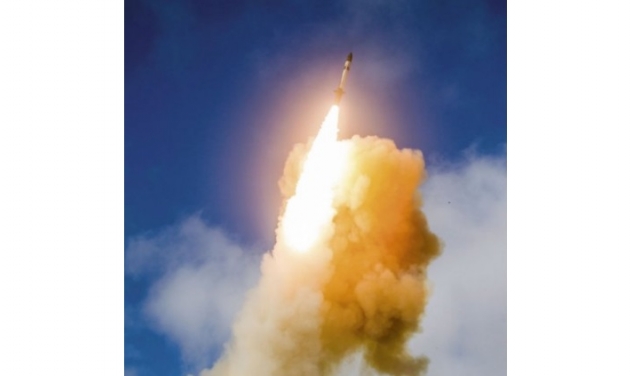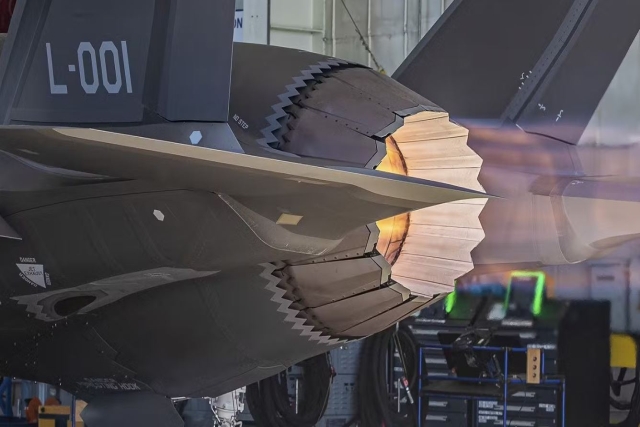Ageis Missile Interception Test By US, Japan Fails Wednesday
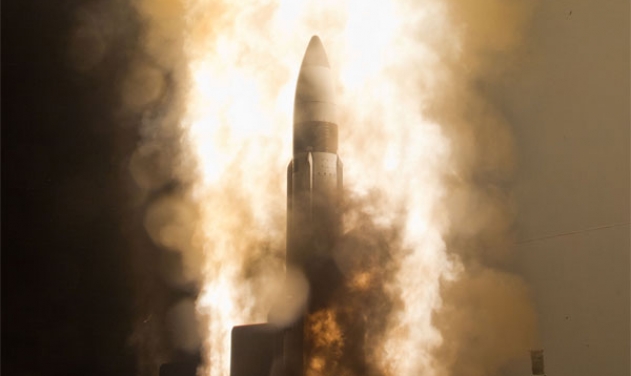
The SM-3 Block IIA missile interceptor, developed jointly by US and Japan, failed to shoot down ballistic missiles during a test conducted Wednesday.
The firing involved the SM-3 Block IIA missile that's built for the Aegis Missile Defense system, which is used to shoot down medium and intermediate-range ballistic missiles from ships at sea.
The US Missile Defense Agency has failed to intercept the ballistic missile during a test off Hawaii conducted with Japan’s Defense Ministry. "The failure came during a Wednesday test," the agency announced.
The investment in the technology is aimed to counter North Korean missile threats.
Also on Friday, South Korean President Moon Jae-in witnessed a test-firing of a new midrange missile being developed to face the threat from the North.
Moon added that the launch was vital for the South to maintain military capability that could “dominate” the North in order to maintain peace on the peninsula and for future engagement policies with the North to be effective. South Korea’s military is planning to deploy the Hyunmoo-2 missile after conducting two more test firings.
As part of the earlier US Japan test, a medium-range target missile was launched from the Pacific Missile Range Facility on Kauai late Wednesday.
The USS John Paul Jones detected and tracked the missile. The ship launched the interceptor, but it failed to shoot down the target.
This was the second time the US military has attempted an intercept with the Standard Missile-3 Block IIA. The previous attempt in February was successful.
SM-3 interceptors work with the agency’s Aegis Ballistic Missile Defense system, which is the naval component of the nation’s ballistic missile defenses. US and Japanese ships are already equipped with earlier versions of the SM-3 interceptor and Aegis technology to track ballistic missiles.
Aegis ships from the Maritime Self-Defense Force are slated to be equipped with an updated system by fiscal 2021.
The US military has been developing separate technology to fire interceptors from land, called Ground-based Mid-Course Defense. It currently has interceptors for this system in Fort Greely, Alaska and Vandenberg Air Force Base, California.
